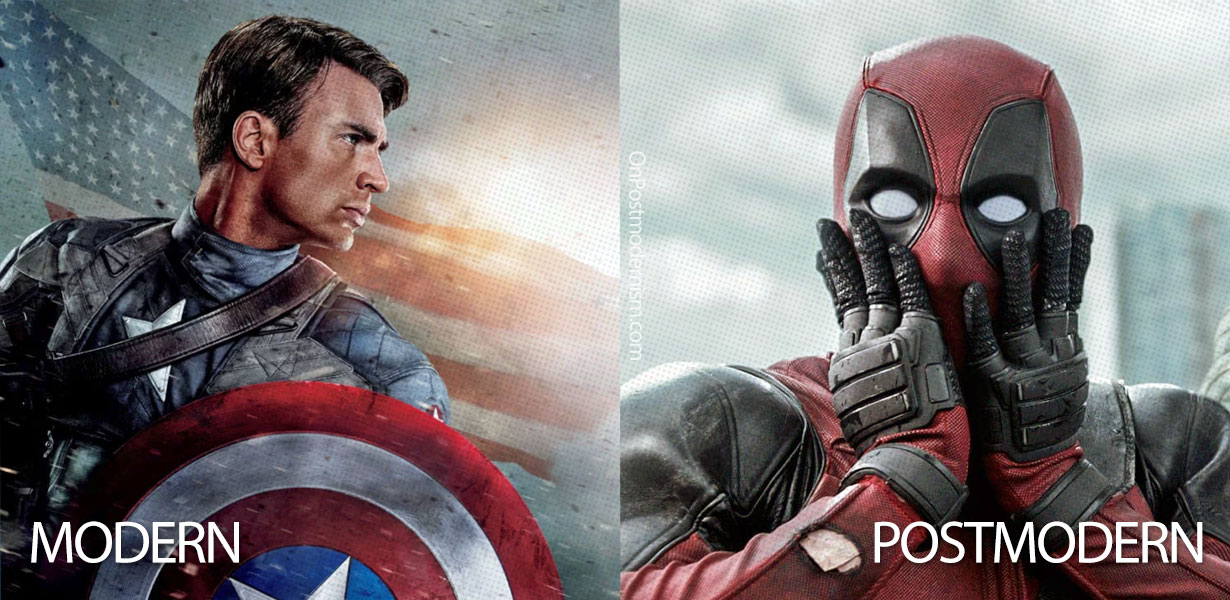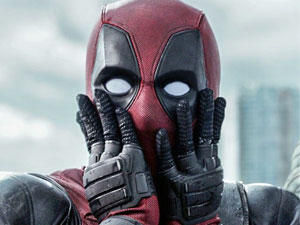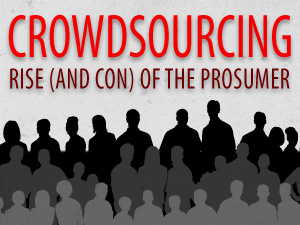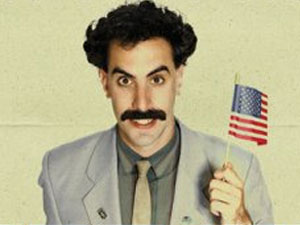Captain America vs Deadpool: Postmodernism Explained With Superheroes
December 20, 2023
The explosion of superhero movies and television shows in the last decade has been a postmodern phenomenon. Billion dollar spectacles are mass produced by rehashing classic comic book stories with the latest in hyperreal CGI. Many heroes are already on their fourth or fifth iteration, either rebooted completely, or combined with multiversal crossovers that pay homage to previous iterations. The characters have also evolved with the times and are themselves an interesting case study in postmodernism. This article will focus on two specific characters, Captain America and Deadpool, as examples to explain the concept of postmodernism.
Since postmodernism is defined by its departure from modernism, we will start with modernism and its classic hero, Captain America. Modernism is often characterized by its emphasis on reason, order, progress, and individualism. It emerged in response to the rapid industrial, technological, and social change of the late 19th and early 20th centuries. Not coincidentally, Captain America was originally published at the height of this period, specifically during World War II. He was created as a symbol of American patriotism and embodies many of the values associated with modernism:
Individualism - Steve Rogers, through his determination, courage, and morals, transcends his humble beginnings and proves his worthiness to become the one-man army known as Captian America.
Reason - This story follows the optimistic modernist belief in human reason to solve problems, make progress, and create a better society.
Progress - He is held up as the pinnacle of progress and perfection, the culmination of science to create the ideal human.
Order - Captain America's stories revolve around clear-cut battles between good and evil, order and chaos.
Justice - He represents the ideals of truth, justice, and freedom, and is committed to protecting those values at all costs.
Postmodernism describes everything following the modern period and is considered to be a literary and philosophical reaction to the optimistic modernist ideals. Its works often take a dystopian or nihilistic view, and is characterized by a skepticism toward grand narratives and universal truths. Similarly, Deadpool's arc as a complicated and fallible antihero contrasts with Captain America's narrative of idealized perfection. Deadpool's story starts with Wade Wilson, a professional killer for hire, aka "Merc with a Mouth". Rather than being a public symbol of freedeom in a grand war, he is a covert assassin taking part in special operations. His morally questionable vocation and mentally unstable persona are in direct conflict with those of Captain America, both figuratively and literally in their crossover interactions. Even his super powers of strength and healing came with side effects and scarring, gained as a compromise of battling cancer, rather than a linear ascension to greatness. These personal traits make Deadpool a decidedly postmodern character:
Ambiguous morality - The ends justifies the means when dealing with his adversaries and ethical dilemmas often cause him to compromise his moral code.
Violence - Deadpool's methods are gratuitously violent and bloody, as opposed to Captain America who carries a shield and attempts to minimize loss of life.
Disorder - Chaos is a defining feature of both in his actions on the battlefield and his mind, X-Men's Charles Xavier died of terror when attempting to read Deadpool's thoughts.
Physical appearance - Instead of all-American(Canadian?) good looks, Deadpool's scarring is described by his friend Weasel: "You look like an avocado had sex with an older, more disgusting avocado."
Fragmented identity - Deadpool's identity is a constantly shifting and evolving set of contradictions: superhero and antihero, disfigured and superpowered, mercenary and lover, joker and tragic figure.
Antihero - Despite fighting for good, Deadpool is a deeply flawed charactered intended as the polar opposite of a traditional superhero. As his Marvel profile states: "With great power comes no responsibility.
The method of storytelling in Deadpool also follows structures and themes associated with postmodernism:
Metafiction - One of Deadpool's powers is being able to break the "fourth wall", directly addressing the audience and acknowledging his status as a fictional character.
Intertextuality - Deadpool constantly references other films, television shows, and pop culture phenomena.
Parody - Deadpool often parodies and deconstructs traditional superhero tropes and cliches, subverting audience expectations and challenging established genre conventions.
Non-linear narrative - Frequent flashbacks and flash-forwards disrupt the traditional chronological progression of superhero tales.
Hybridity - Deadpool combines elements from different genres, including action, comedy, romance, and horror, creating a hybrid that defies easy categorization.
Playfulness - Deadpool's tone is consistently playful and irreverent, with a winking sense of humor that underscores the stories' self-awareness and differentiates it from heavy-handed superhero fables.
Captain America and Deadpool were a creation of their times and each reflect the prevailing themes and culture of their respective eras. While Captain America is a optimistic story of progress, perfection, and order, Deadpool is a sarcastic tale of violence, ambiguous morality, and chaos. Like postmodernism's relation to modernism, Deadpool was created as an antithesis to traditional heroes like Captain America. Similar postmodern themes can be found in other comic and screen adaptations including "Watchmen", "Doom Patrol", and "The Boys". These popular superhero stories serve as accessible and entertaining examples of postmodernism.



